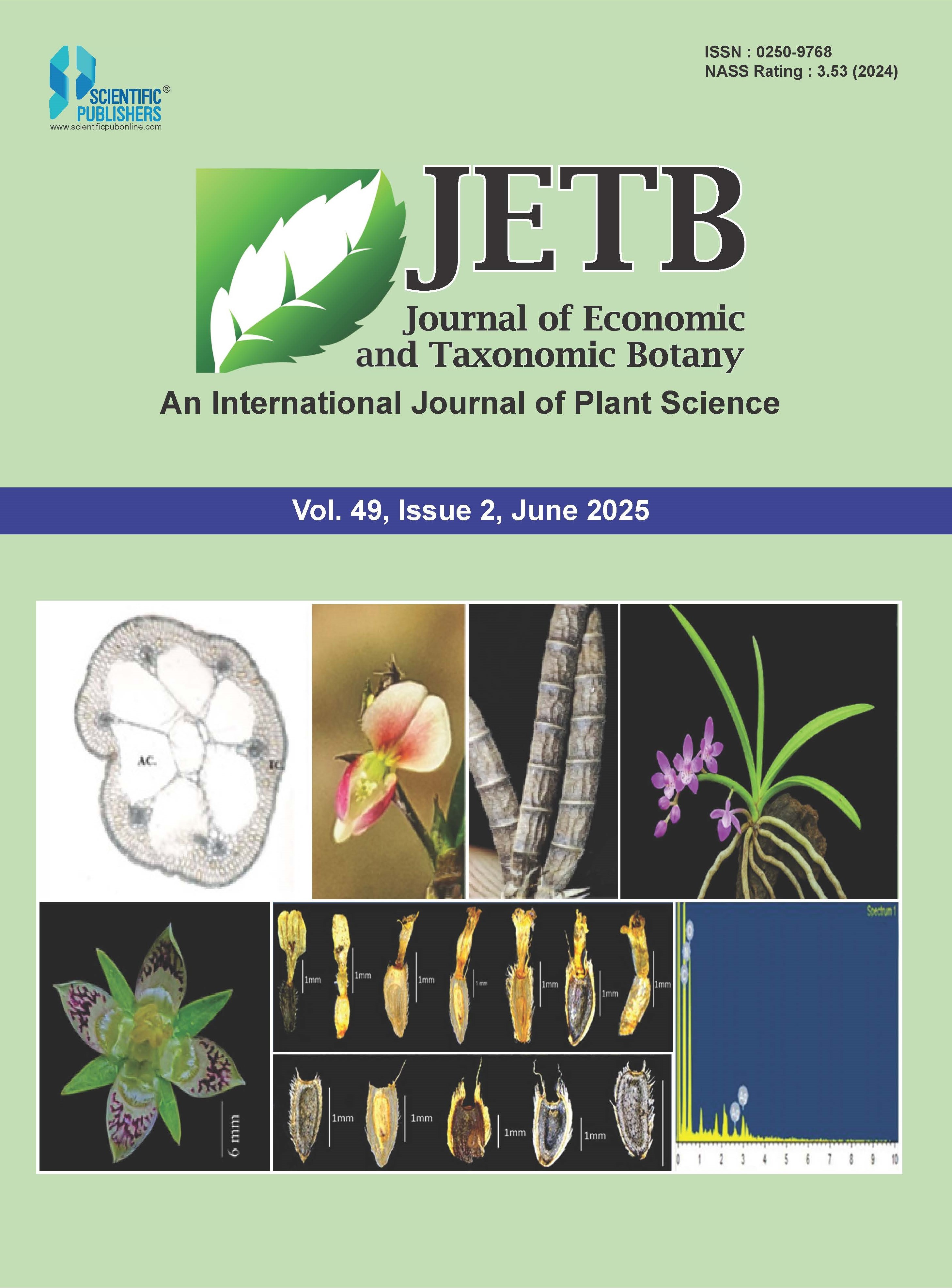The undivided Kalahandi district was a grand repository of vegetable wealth of which medicinal plants were plentiful. Of the 62 tribes inhabiting in Orissa, about 54 tribes are present in this region since they are utilising various forest products to meet the necessities of life sustenance. However, in course of time the forest cover has been reduced mostly due to over exploitation of woody elements. One of the important aspects of tribal lifestyle is utilisation of indigenous medicinal plants to cure various ailments. Due to depletion of medicinal plants there is also shrinkage of this knowledge among them. Hence, a floristic exploration of medicinal plants has been launched upon during 1997-1999. This has yielded 229 angiospermic species under 197 genera belonging to 76 families. These have been properly identified and are preserved in the form of herbarium specimens in the P.G. Department of Botany, Utkal University, Bhubaneswar. Their nomenclatures have been updated. In the present checklist, the species are arranged alphabetically with corresponding families and local Oriya names. Different parts used to cure diseases have also been appended. Need for the conservation of rare and less known medicinal plants has been highlighted.






